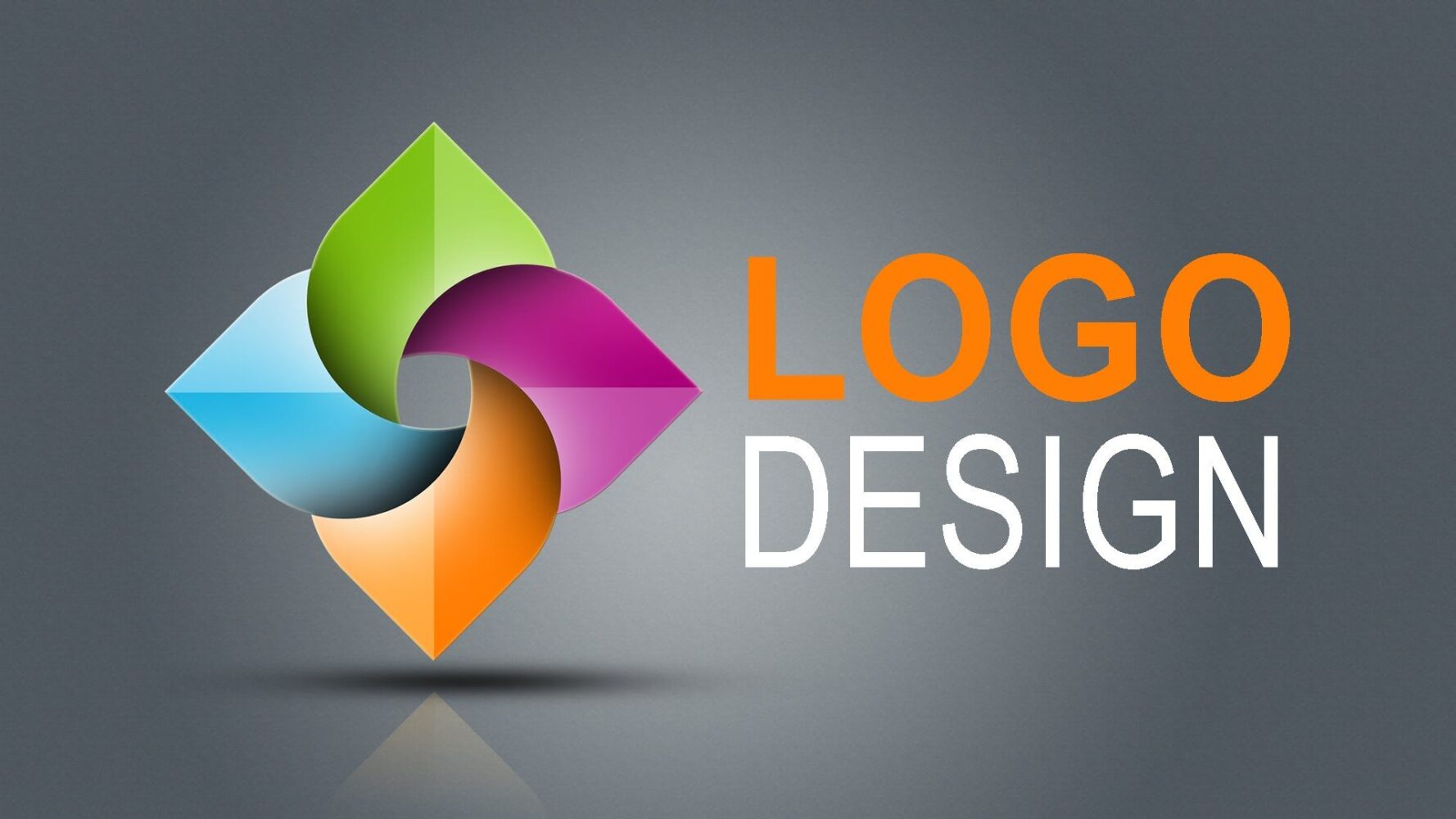In today’s fast-paced and visually-driven world, a well-crafted logo holds immense power. It serves as the face of a brand, capturing its essence and instantly communicating its values, personality, and purpose. A great logo possesses the ability to leave a lasting impression, forging a strong connection between the brand and its target audience.
In this article, we delve into the captivating world of logo design, exploring its intricate artistry, key principles, and the secrets behind some of the most unique and popular logos that have stood the test of time.
1. The Art of Simplicity:
One of the fundamental principles of logo design is simplicity. Effective logos are often minimalistic, embracing clean lines, straightforward shapes, and a limited color palette. Think about iconic logos like Nike’s swoosh or Apple’s bitten apple—stripped down to their core, they convey a sense of elegance, clarity, and instant recognition. We explore how simplicity enhances memorability and why less is often more when it comes to logo design.
2. Storytelling through Symbols:
A successful logo tells a story, encapsulating the brand’s narrative in a single visual element. Symbols and icons hold tremendous power in evoking emotions and associations. We delve into the fascinating world of symbolic representation, exploring how designers ingeniously incorporate hidden meanings, clever metaphors, and cultural references into logos. From the FedEx arrow to the Amazon smile, we uncover the secrets behind these subtle yet powerful storytelling techniques.
3. Typography as an Expression:
Beyond symbols, typography plays a pivotal role in logo design, conveying a brand’s personality through carefully chosen fonts. We examine the various typographic styles—whether classic, modern, or custom—and how they contribute to the overall impact of a logo. From the timeless elegance of Coca-Cola’s script to the boldness of Google’s logotype, we delve into the diverse typographic choices that shape memorable brand identities.
4. Color Psychology and Emotional Impact:
Colors possess an inherent ability to evoke emotions and influence perceptions. In this section, we explore the psychology behind color choices in logo design. We unravel the meanings and associations associated with different hues, such as red for passion, blue for trust, and green for nature. Discover how brands utilize color to create a visual language that resonates with their target audience and conveys their unique brand essence.
5. Evolving Trends in Logo Design:
Logo design, like any other art form, evolves over time, reflecting societal shifts and design trends. We take a glimpse into the latest trends shaping the logo design landscape, from responsive logos that adapt to different platforms, to dynamic logos that engage with motion and interactivity. We explore the intersection of technology, aesthetics, and branding to understand how modern logos captivate audiences in innovative ways.
Logo design is a captivating blend of art, psychology, and storytelling. The most unique and popular logos are born out of a deep understanding of the brand’s identity and a masterful ability to distill it into a visually striking symbol. By embracing simplicity, incorporating symbolism, leveraging typography, and harnessing the power of colors, designers create logos that become timeless icons, etching themselves into the collective consciousness. In the ever-evolving world of branding, the artistry of logo design continues to shape the way we perceive and connect with the brands we love.







Leave a Reply